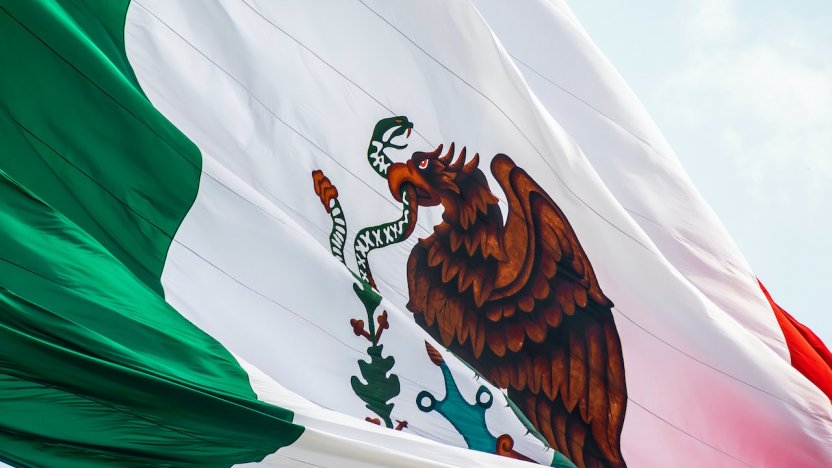Mexico joins International Design system

Mexico has become the latest country to deposit its instrument of accession to the International Design system, following Israel, Samoa and Vietnam last year. The growth of the system is only good news for businesses operating internationally, says Frouke Hekker.
The international system to register design rights, known as the International Design system or the Hague Union, is regulated by the Hague Agreement (and its supplementary protocols). The system is an important tool for brand owners and innovative companies, as it makes it possible for them to apply for design protection in one or more member states, by means of a single application to the international IP authority, WIPO, in Geneva.
Mexico’s accession will become effective as of 6 June 2020, bringing the number of member states, in which international design protection can be obtained, to 74 (including the European Union).
Is registering an international design the right choice for you?
The fact that an increasing number of jurisdictions can be designated in an international design registration makes it an important option for businesses. This is especially the case for the launch of a new design feature that is to be marketed in several countries or where a business plans to enter new markets. As with IP in general, it is important to check that your rights are sufficiently protected in the jurisdictions in which you sell, trade or transport goods.
To be eligible for protection under the international system, applicants must be a national of one of the member states, be resident or have a ‘real and effective establishment of business' in that state (in other words: actually trade from the jurisdiction concerned).
For further information on the opportunities afforded by the international design registration system, please speak to your Novagraaf attorney or contact us below.
Frouke Hekker works at Novagraaf’s Competence Centre. She is based in Amsterdam.